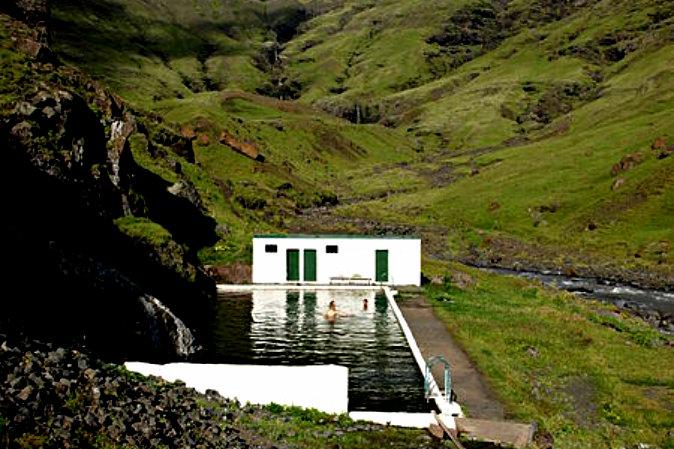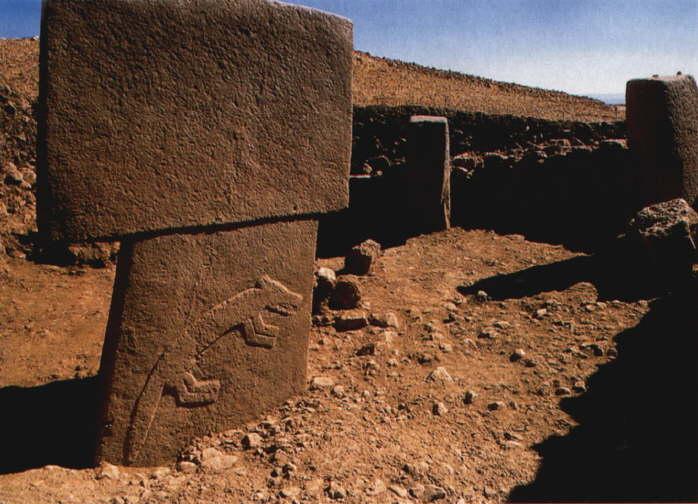The streets of the Philippines are dominated by brazenly colored, heavily ornamented, black exhaust smoke belching, military jeep inspired vehicles. They are called jeepneys, which is either a portmanteau of the words “jeep” and “jitney” or “jeep” and “knee,” because when you ride in these things you are wedged in knee to knee with other passengers. But one thing that’s for sure is that they are the staple form of public transportation here.
The jeepney is an icon of the Philippines — in the same league as the red double decker bus in London, the yellow taxi in New York, the moto taxi in Peru, and the little beetle-like auto-rickshaw in India. A specimen of a jeepney was even exhibited in the Philippines pavilion at the 1964 New York World’s Fair as the prime symbol to represent the country. When Pope John Paul II visited Manila in 1981 he apparently left his “pope mobile” at the Vatican and instead opted to ride in, yes, a jeepney.






